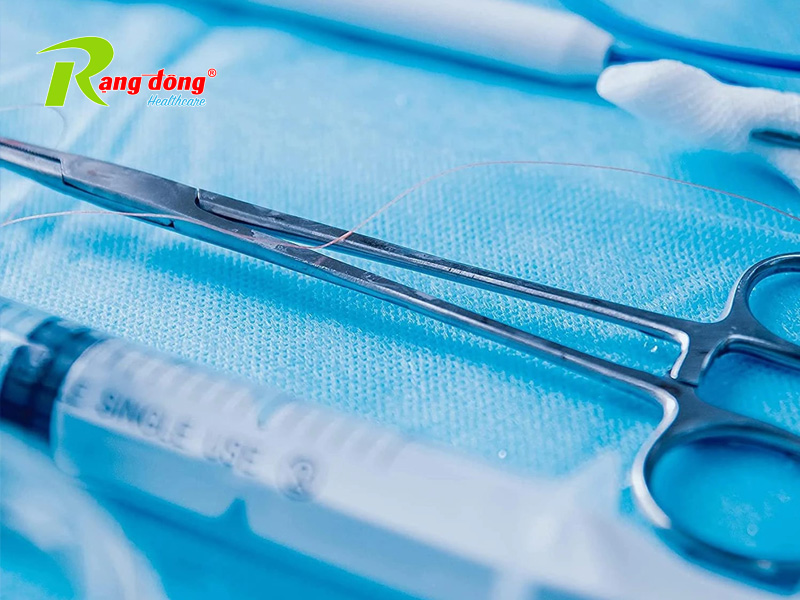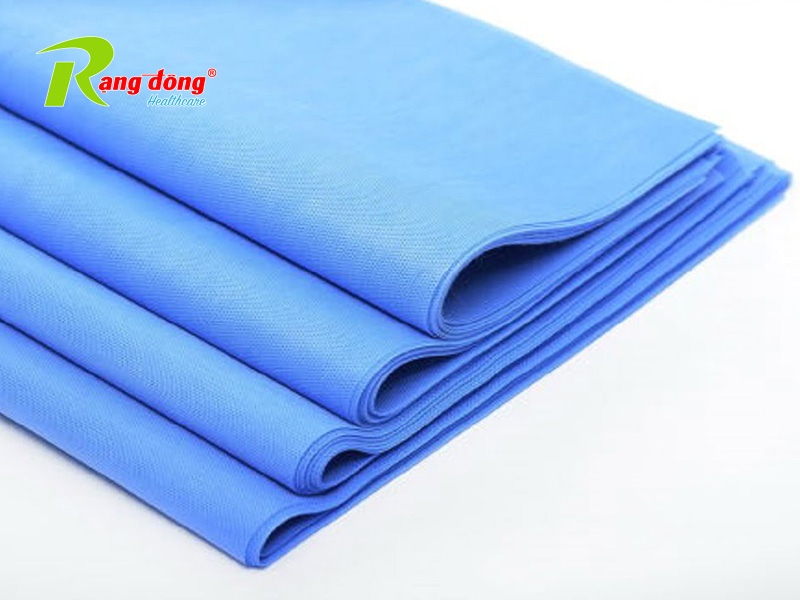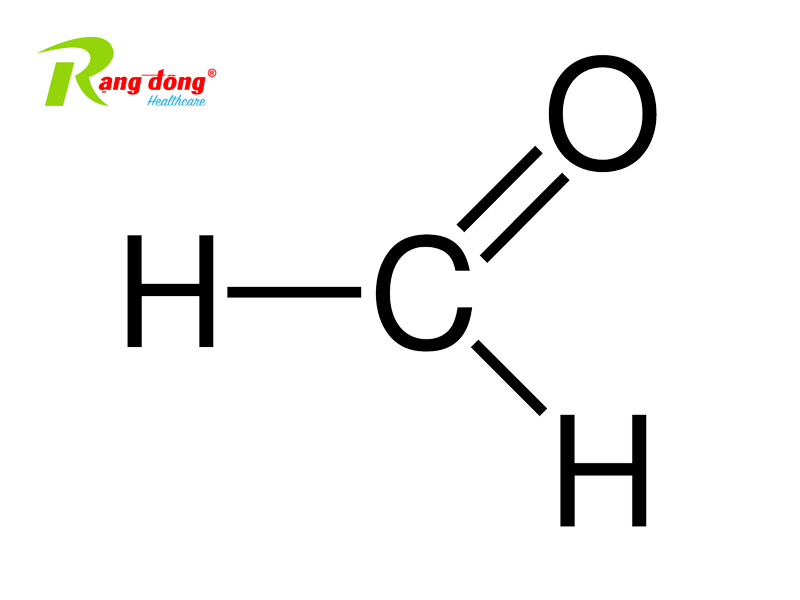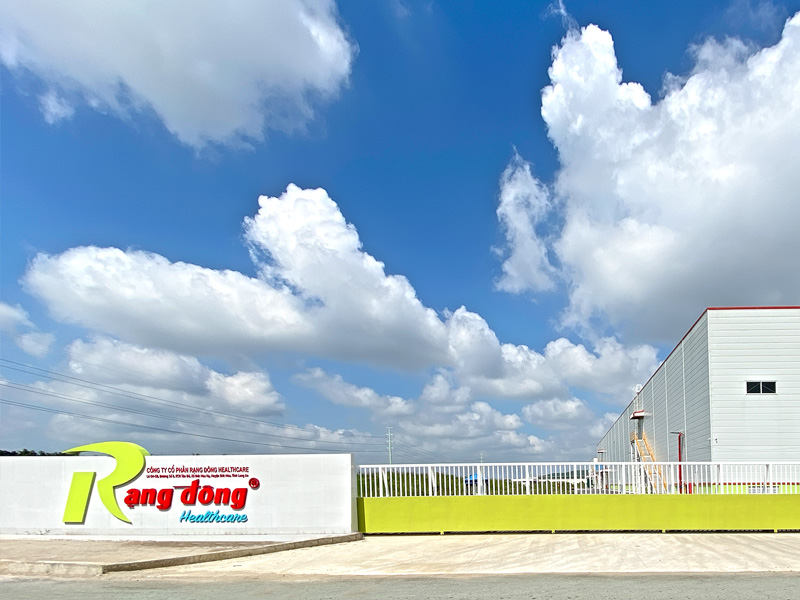The uses of non-woven fabric Product information 21/04/2023
Non-woven fabric is a type of fabric created by binding natural or synthetic fibers together without going through traditional weaving or sewing processes. Instead, the fibers are bonded using methods such as heat pressing, pressure, or the use of chemicals or mechanical force.

There are many ways to classify non-woven fabrics, but the main classifications used are:
- By production method: produced using two main methods, mechanical bonding and chemical bonding.
- By structure: solid, mesh, fluffy, and needle-punched.
- By application: medical non-woven fabric, industrial non-woven fabric, agricultural non-woven fabric, and household non-woven fabric.
The uses of non-woven fabric in daily life
- In the medical industry: medical bandages, medical equipment, face masks, medical paper bags, waterproof fabric in mattresses. With its outstanding properties, non-woven fabric is an important material in the medical industry and is widely used in various medical products.
- In the food industry: food packaging, paper towels, food filtration, hygiene, and cleaning, food tray packaging. With features like durability, thermal resistance, good waterproofing, and good air permeability, non-woven fabric has become a popular choice in the food industry for packaging and product protection.
- In the textile industry: lingerie and swimwear linings, interior decoration, protective clothing, dyeing and weaving, bags, and shoes. Non-woven fabric is used due to its versatility, ease of use, and cost-effectiveness.
- In other industries: water filtration, air filtration, environmental protection, non-woven fabric is a versatile material used in various industries with various applications.
Advantages and disadvantages of non-woven fabric
Advantages:
- Environmentally friendly: Non-woven fabric is produced using fibers that do not require excessive energy and materials, making it an environmentally friendly solution.
- Breathability: Non-woven fabric has better breathability than some other types of fabrics, making it convenient for use in medical and chemical products.
- Easy access and use: Non-woven fabric is easy to access and use, with low production costs, and is used in various products.
- Easy recycling and disposal: Non-woven fabric can be recycled and disposed of more easily than many other types of fabrics, helping to minimize environmental pollution.
Disadvantages:
- Not durable: Non-woven fabric is often less durable than other types of fabrics, which can reduce the lifespan and durability of products made from it.
- Not reusable: Some types of non-woven fabric cannot be reused, which can have a negative impact on the environment.
- Poor water resistance: Some types of non-woven fabric have poor water resistance, reducing the effectiveness of products made from it in certain applications.
- Low fineness: Some types of non-woven fabric have low fineness, which can reduce water resistance and load-bearing capacity of products made from it.
The importance of non-woven fabric in industry and daily life
Contributing to the development of the industry and the economy
Non-woven fabric has many applications in industry and daily life, but its greatest contribution is in the industrial sector.

Industrial:
- Non-woven fabric is widely used in the medical industry, such as medical masks, protective coats, hospital bedding, medical tape, and more, due to its antibacterial properties, moisture absorption, breathability, and high durability.
- In the food manufacturing industry, non-woven fabric is used for packaging and food storage bags due to its food safety and odorless properties.
- Non-woven fabric is also used in the textile and garment industry for mattress linings, cushions, shoes, sportswear, and hygiene products.
Daily life:
- Non-woven fabric is widely used in consumer products such as paper towels, wet wipes, cleaning cloths, and disposable diapers due to its high moisture absorption and durability.
- Additionally, non-woven fabric is used in the production of advertising materials, packaging, liners, protective covers for electronic devices, and other technological equipment.
Addressing environmental and human health issues
Providing consumers with high-quality and safe products is one of the key benefits of non-woven fabric. Non-woven fabric is made from natural or synthetic fibers and does not contain harmful chemicals such as formaldehyde or adhesive materials. Therefore, it is considered an environmentally friendly and safe fabric.
Providing consumers with high-quality and safe products
In the market, consumers can find many products made from non-woven fabric, from packaging products to daily consumer products. It offers a sustainable and safe choice for consumers, contributing to environmental protection and human health.

In the market, consumers can find many products made from non-woven fabric, from packaging products to daily consumer products. It offers a sustainable and safe choice for consumers, contributing to environmental protection and human health.
The characteristics of non-woven fabric
Rang Dong Healthcare’s manufacturing plant is equipped with modern equipment, operated by a team of skilled and experienced technical staff, ensuring that the production process meets ISO 13485 and FDA quality standards and maintains the inherent characteristics of non-woven fabric, such as:

- Durability: high durability and the ability to withstand high mechanical stresses.
- Water resistance: good water resistance, depending on the type of fabric and its intended use.
- Softness and flexibility: soft and easily bendable, suitable for various applications.
- Filtration ability: production of filters, as it has the ability to retain small particles and dust.
- Breathability: air circulation, making users feel comfortable when using it.
- Moisture absorption: good moisture absorption, used in healthcare products such as paper diapers and wound dressings.
- Antibacterial properties: can be treated to have antibacterial properties, preventing the growth of bacteria and viruses.
Therefore, non-woven fabric is of great importance in daily life and industry. With special properties like durability, flexibility, waterproofing, and moisture resistance, non-woven fabric is widely used in many industries and consumer sectors.






